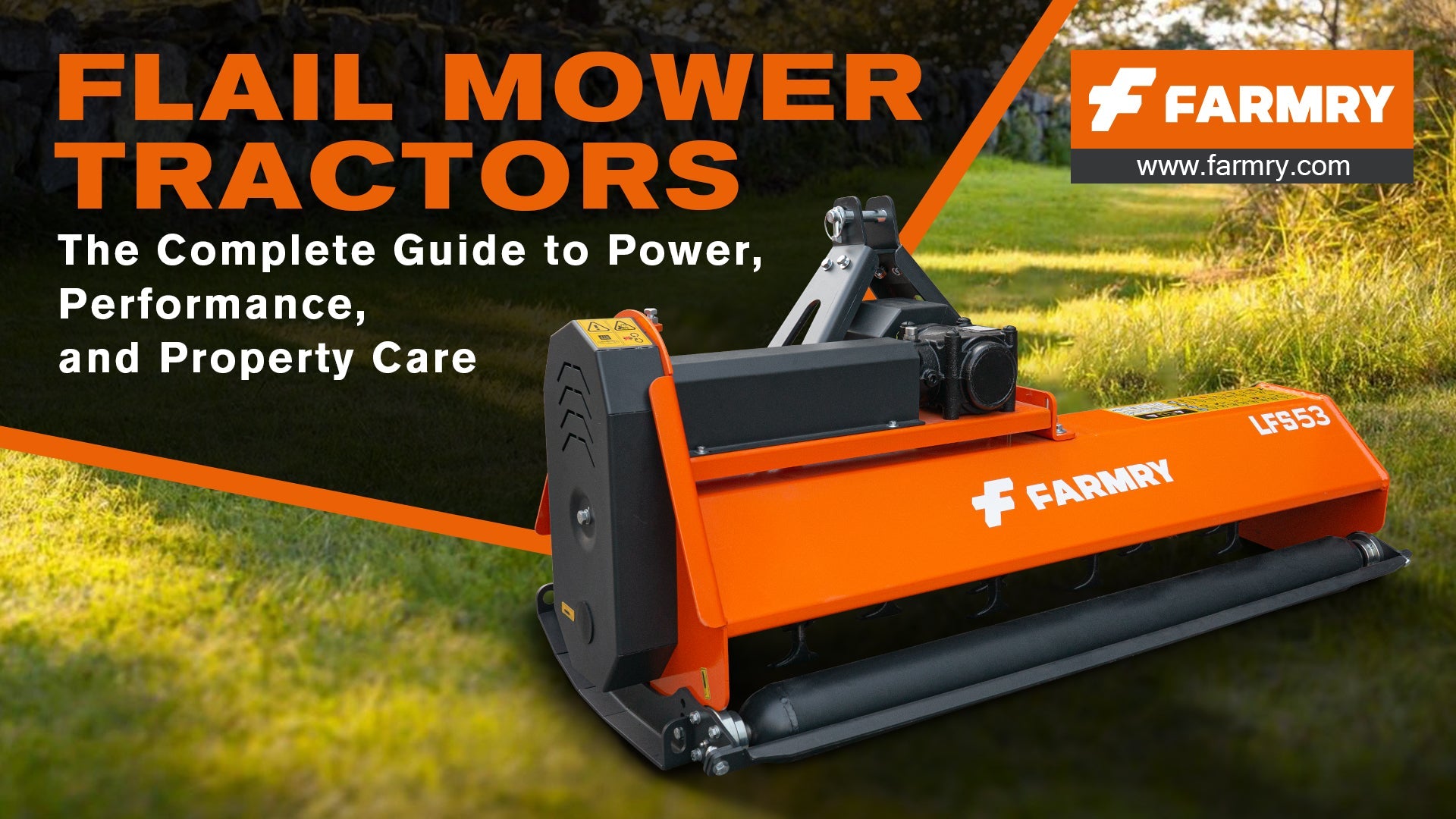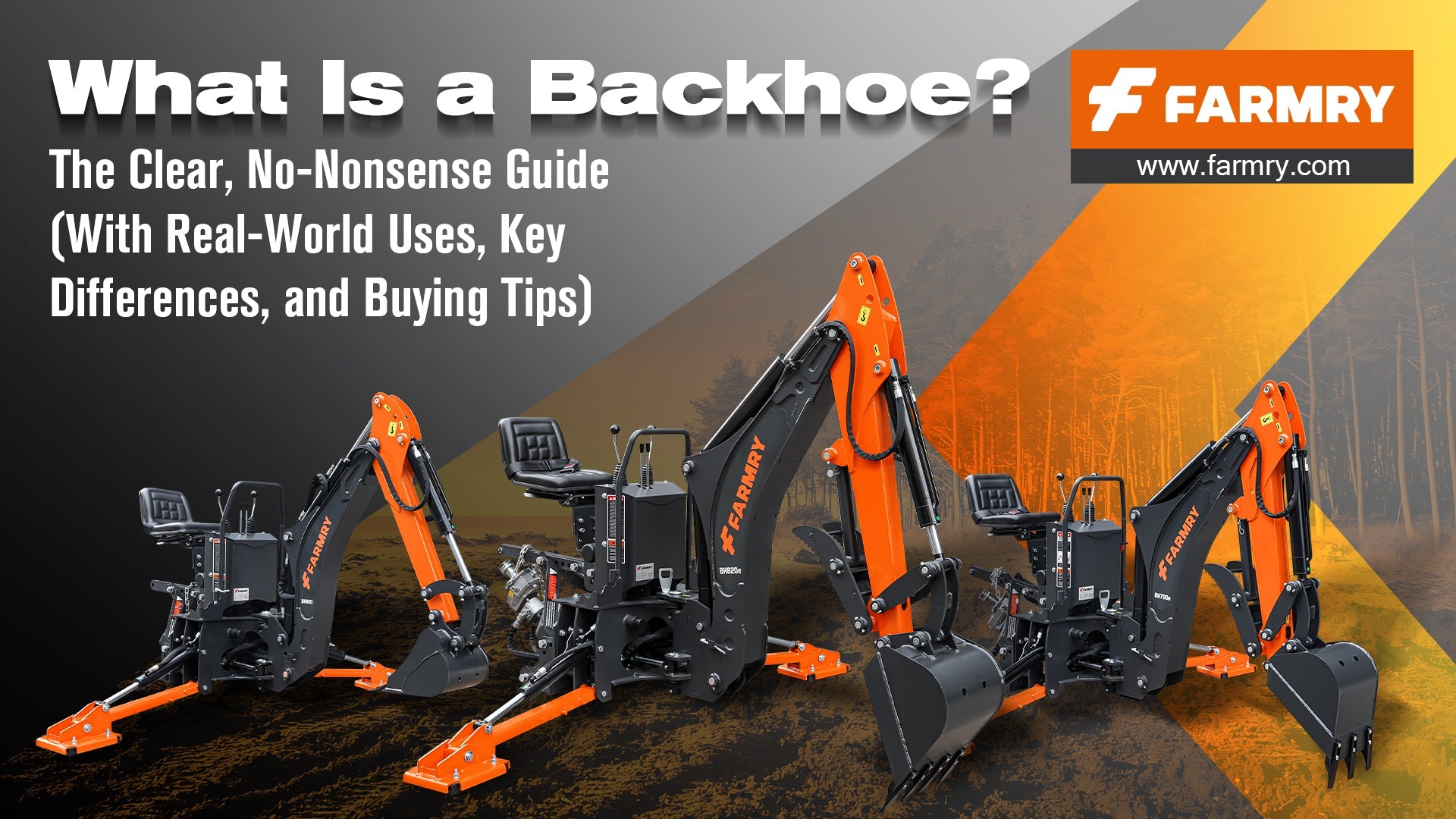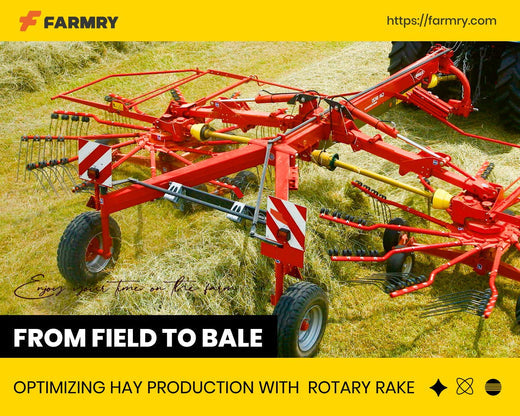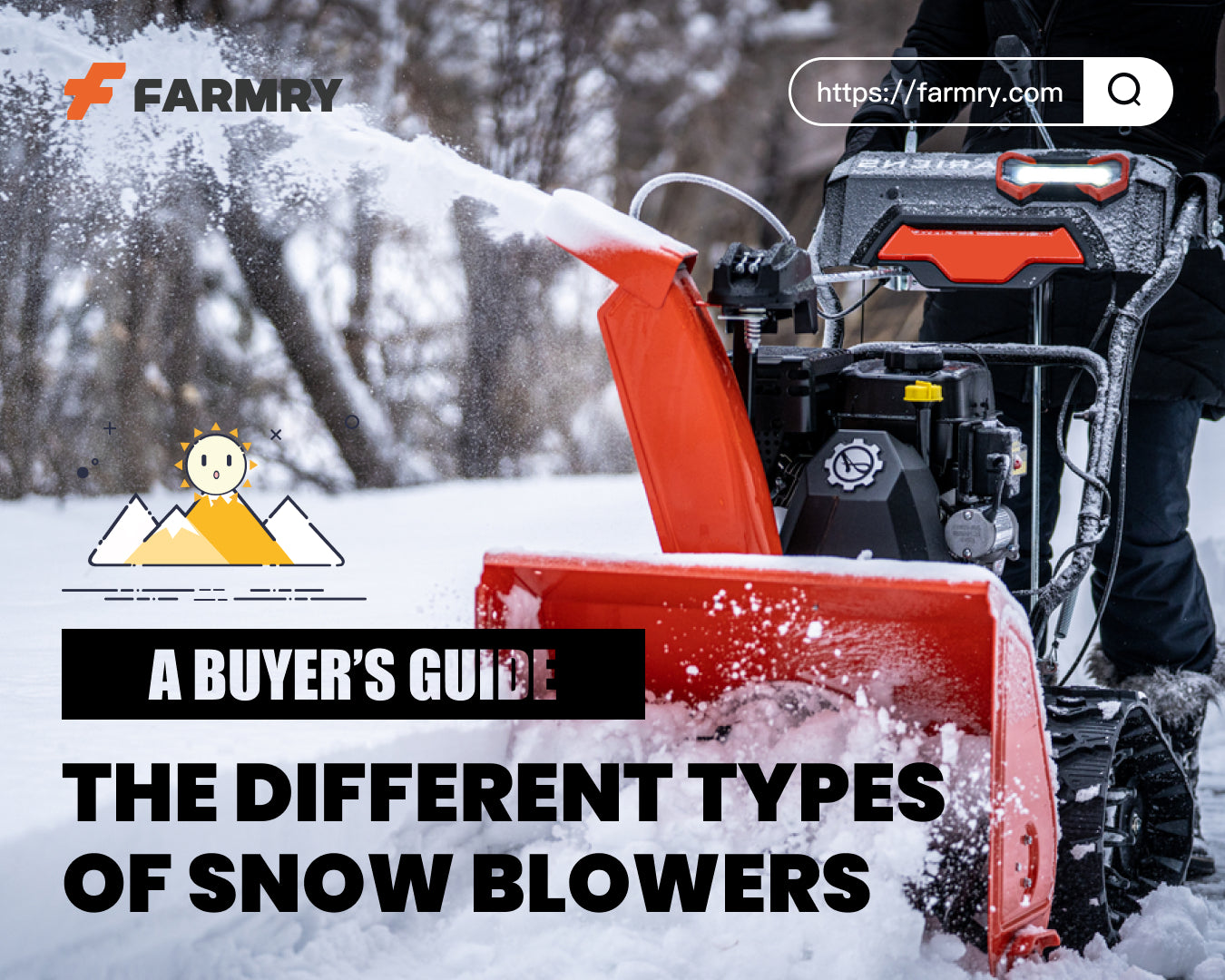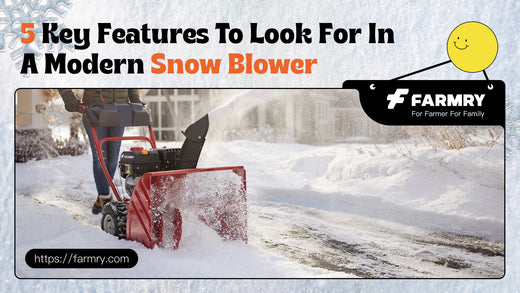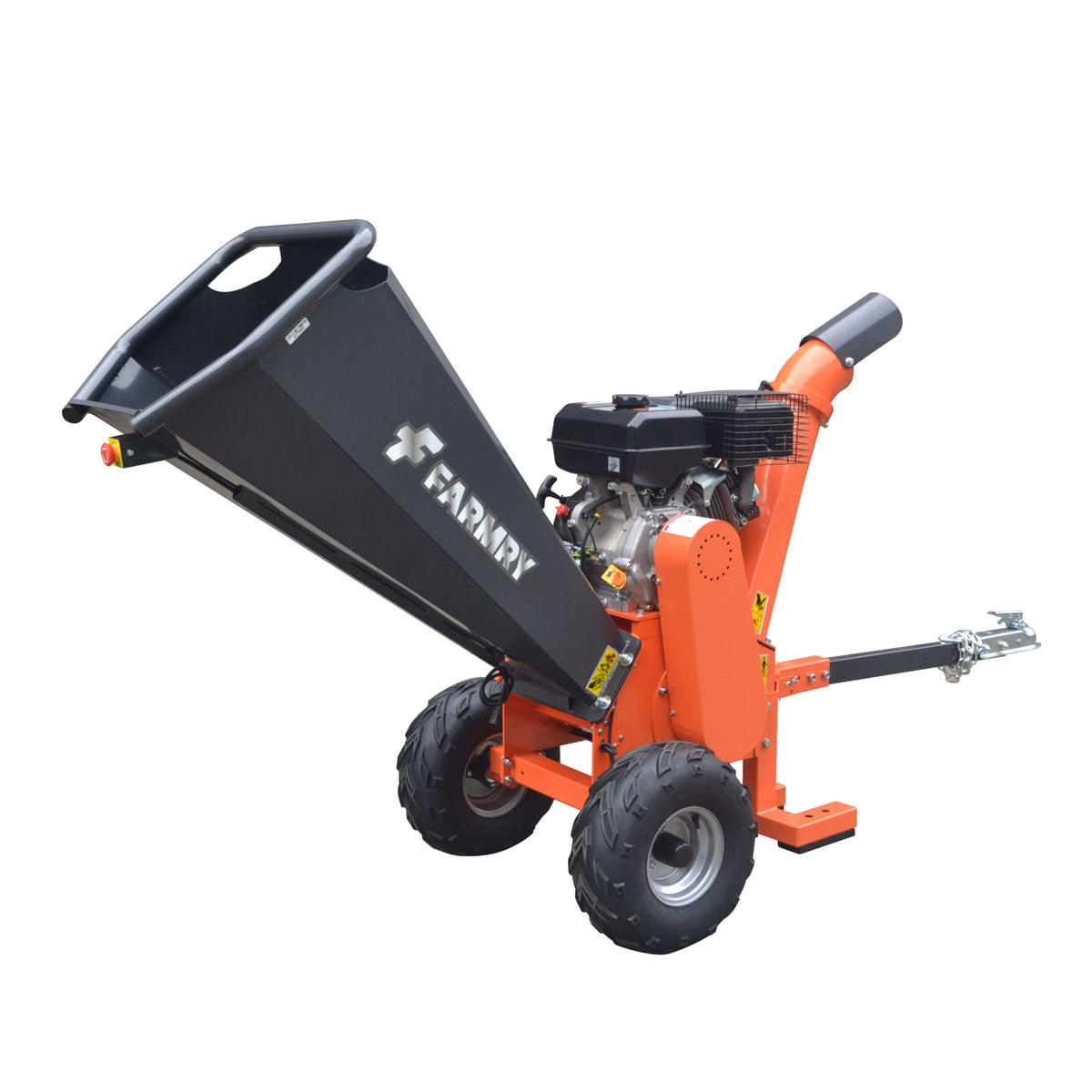3 Point Backhoe Attachment: The Smarter Way to Dig, Trench, and Transform Your Tractor
 If you’ve ever looked at a stubborn stump, a rocky trench, or a muddy drainage line and thought “my tractor could do this with the right tool,” you’re exactly the audience for a 3 point backhoe (often written 3pt backhoe). This guide distills real-world pain points—assembly, hydraulics, stability, and productivity—into a practical, high-value review that helps you choose confidently. We’ll define key specs like maximum digging depth, bucket rotation, reach, weight, and operating requirements; cover smart setup for Category I and category 1 machines; and show you how to select a backhoe attachment that delivers pro-level quality without wrecking your budget or schedule.
If you’ve ever looked at a stubborn stump, a rocky trench, or a muddy drainage line and thought “my tractor could do this with the right tool,” you’re exactly the audience for a 3 point backhoe (often written 3pt backhoe). This guide distills real-world pain points—assembly, hydraulics, stability, and productivity—into a practical, high-value review that helps you choose confidently. We’ll define key specs like maximum digging depth, bucket rotation, reach, weight, and operating requirements; cover smart setup for Category I and category 1 machines; and show you how to select a backhoe attachment that delivers pro-level quality without wrecking your budget or schedule.
Why a 3 Point Backhoe Is an Upgrade for Real-World Tasks
A properly matched 3 point hitch backhoe turns a compact or utility tractor into a versatile digger with fast ROI. Instead of renting a mini-ex every time you need a trench or footing, you attach the implement and get to work—whenever the weather and your calendar line up.
Common tasks a 3pt backhoe crushes:
-
Trenching for water/electrical lines, French drains, and culverts
-
Pulling rocks, roots, and small logs from fence lines
-
Digging frost-proof footings, pads, and foot-traffic walkways
-
Cleaning ditches and swales to restore depth and flow
-
Planting trees or moving material with a quick bucket swap
With the right options—thumb, ripper, or different bucket widths—you improve versatility and precision, making your time on-site more productive and your results more strong.
The Four Specs That Matter Most (and Why)
1. Maximum Digging Depth
Maximum digging depth is the headline feature for any backhoe attachment. It dictates how deep you can trench or excavate in a single pass. For homesteads and acreage, 6–9 ft covers most utility lines and drainage; contractors may want 9–11+ ft. Depth is only useful if your machine can run the hoe smoothly—match the implement to your tractor horsepower and hitch category.
For example, the Farmry BH600 3 point tractor Backhoe is ideal for 18-35HP compact tractors, while the Farmry BH700e Backhoe machine suits 25HP and up.
Quick tip: Depth isn’t everything. Pair depth with adequate reach and breakout power or you’ll “hit bottom” without the force to pry and lift.
2. Reach From Swing Pivot
Reach determines how far from the rear of your tractor you can dig or dump. More reach lets you place spoils farther away (reducing rework) and cover wider ditches without constant repositioning. It’s a quiet multiplier for productivity.
3. Bucket Rotation
Bucket rotation affects how cleanly you cut, pry, and dump. Greater rotation lets you curl under rocks or stubborn roots, then rotate out to shake soil from the bucket. For precise trench walls and crisp bottoms, solid rotation plus responsive hydraulics equals pro-looking results.
4. Hydraulic Flow & Pressure
Whether you power the hoe from tractor remotes or a dedicated PTO pump, smooth hydraulics are the difference between “jerky and tiring” and “precise and fast.” Confirm your operating flow/pressure requirements and make sure your tractor can deliver. If not, select the PTO-pump option.
Stability, Weight, and Frame: Protect Your Tractor, Protect Your Work
A 3 point backhoe adds leverage behind your rear axle. That makes stability essential. Look for:
-
Proper stabilizer pad design (steel that bites, not skates)
-
Sensible overall weight (heavy enough for power, not so heavy that you over-stress a small frame)
-
Clear guidance on installed bracing, top-link geometry, and, if offered, subframe options for frequent heavy digging
Balance matters. Use ballast in the front loader or front weights to keep steering safe and responsive.
Category I vs Category II (and Category 1 in Plain English)
Most compact and small utility tractors use Category I—commonly called category 1—with 7/8" lower link pins. Heavier models may step to Category II. Check your hitch type and pin sizes. When an implement “accepts” both categories (via sleeves or convertible pins), match hardware correctly. A sloppy fit reduces control and accelerates wear at the pivot points.
The Farmry BH700 PRO 3-Point Backhoe and Farmry BH820 3 point hitch Backhoe both offer compatibility for Category 1 and 2 tractors, making them versatile choices for a range of machines.
Buckets, Teeth, and the Right Attachment Options
Choosing bucket width is a trade-off:
-
Narrow bucket: faster trenching, less spoil, better in hardpan or rooty ground
-
Wide bucket: more material per scoop, ideal for basins and pads
Consider bolt-on teeth for mixed soils, a ripper for roots and frost, and a mechanical or hydraulic thumb for placing logs and rocks. Smart options expand your services—that means more jobs you can find, quote, and finish.
Setup That Pays Off: Install, Test, and Tune
Installed correctly, a 3pt backhoe feels natural within minutes. A few setup habits produce cleaner trenches and longer component life:
-
Pin and torque: Follow the manual for top-link and lift-arm geometry. Don’t guess—use a torque wrench.
-
Hydraulics: Bleed lines, check couplers, and confirm there’s no cavitation. If you’ve purchased a PTO pump kit, verify reservoir level and filter orientation before first run.
-
Stabilizers: Drop pads on firm ground or cribbing. Keep the tractor level—your trench will be straighter, your reach and depth more consistent.
-
Bucket rotation check: Cycle full curl/dump to ensure hoses aren’t pinched and rotation is hitting spec.
-
Safety: ROPS up, seatbelt on, and never swing over bystanders. “Slow is smooth; smooth is fast.”
Operating Techniques That Maximize Power (and Minimize Fatigue)
-
Feather the controls: Constant micro-inputs beat on/off movements. You’ll improve cut quality and reduce shock loads.
-
Work the face: Start with shallow passes, then deepen. This maintains wall integrity and helps achieve true maximum digging depth without cave-ins.
-
Use rotation, not brute force: With good bucket rotation, curl to break, then lift. Don’t pry with the boom at full reach if the machine isn’t braced.
-
Mind the spoil pile height: Keep it at a comfortable dump height—too high wastes boom energy and time.
-
Refresh your work zone: Move the tractor when you’re at the limit of comfortable reach. Constant overstretching reduces accuracy.
Choosing the Right 3 Point Backhoe: A Simple Checklist
-
Hitch Category: Is it Category I (category 1) or II? Confirm pin sizes and clearance.
-
Tractor HP & Hydraulics: Will your tractor deliver the required operating flow/pressure? If not, select the PTO-pump configuration.
-
Maximum Digging Depth & Reach: Align with your most common tasks—utilities, drainage, or footings.
-
Bucket Rotation: Look for strong rotation for clean trench bottoms and confident dumping.
-
Weight & Stability: Enough weight for bite, not so much that you risk the rear housing; verify stabilizer design.
-
Options: Thumbs, rippers, and alternate bucket sizes expand services you can offer.
-
Support & Parts: Ready access to hoses, pins, bushings, decals, and information.
-
User Resources: Manuals, diagrams, videos, and responsive support improve setup and maintenance.
-
Warranty & quality: Materials, welds, cylinders, and hardware should signal durability.
-
Price & Value: Consider lifetime use and resale; the cheapest item isn’t always the smartest buy.
Want to compare models side by side? Visit the Farmry Backhoe Loaders Collection for full specs, reviews, and more.
Maintenance That Keeps Your Backhoe Running Strong for Years
-
Daily grease: Pins and bushings last far longer when you make greasing a ritual.
-
Hydraulic hygiene: Inspect hoses for rubs; replace at first sign of weeping. Keep quick couplers clean—dust is a pump killer.
-
Teeth & edges: Worn teeth destroy productivity. Keep a spare set ready so you can change fast and continue working.
-
Hardware audit: Periodically check swing post, boom, dipper, and stabilizer fasteners; vibration loosens even the best assemblies.
-
Storage: Keep cylinders retracted and joints greased when parked; cover the seat and controls from sun and rain.
Real-World Use Cases: Making the Most of Your Time on Site
-
Drainage rescue: Reopen a silted swale to full depth, set smooth fall, and protect your driveway.
-
Fence line rehab: Pluck logs, stumps, and rock clusters with a thumb; place spoils where the loader can scoop efficiently.
-
Utility trenching: Dial in a narrow bucket for neat trenches with minimal backfill.
-
Landscape prep: Carve footing trenches, step pads, and retaining wall seatings with crisp bottoms using disciplined bucket rotation.
Each of these jobs is faster when your hoe’s reach and power match the soil and the plan—proof that spec-matching beats guesswork.
Buying Online With Confidence (and Speed)
When you shop the Farmry page, you’ll see specs, reviews, and videos that help you learn before you buy. If you’re browsing on mobile, you might see a notice to accept cookies; that’s normal on modern e-commerce sites and helps improve on-site content and recommendations. Tap between sizes, options, and compatible attachments, then connect with support if you have fitment questions. If stock changes, simply refresh to see availability and lead times.
Quick links to top models:
Ready to compare models?
Tap through the Farmry Backhoe Loaders Collection Page and add candidates to your cart, then continue to spec out buckets and accessories.

